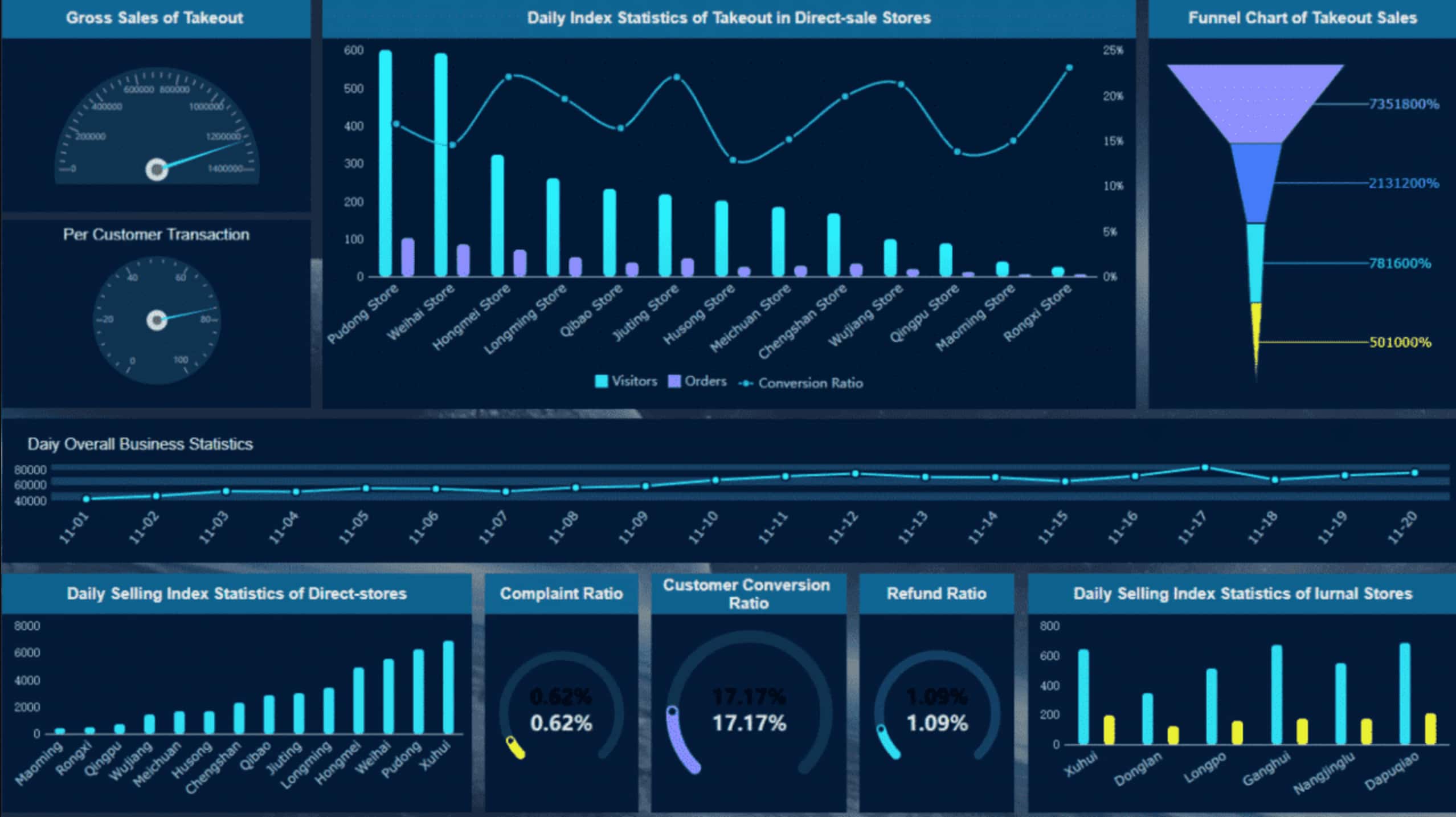A new player has entered the business intelligence (BI) tools market, aiming to provide a fresh perspective for technically-inclined data teams. Evidence, founded in Toronto, Canada, in 2021, has emerged as an open-source alternative to popular BI incumbents. Unlike other tools that offer either code-based workflows or drag-and-drop interfaces, Evidence combines the best of both worlds, empowering teams to build data products using SQL and markdown.
Key Takeaway
Evidence is disrupting the BI market by offering a code-based, open-source alternative for technically-inclined data teams. By combining SQL and markdown, Evidence enables users to build data products with granular control and support for versioning, collaboration, and CI/CD processes. Its open-source nature and self-hosting capabilities provide businesses with full ownership and control of their data.
The Drawbacks of Drag-and-Drop BI
While drag-and-drop workflows have their advantages in terms of ease of use, they often lack the sophistication and fine-grained control that technically-inclined data teams require. Sean Hughes, co-founder and COO of Evidence, explained that the drag-and-drop approach can result in data products that are difficult for end-users to navigate and for data teams to maintain. Evidence takes a different approach by leveraging a code-based workflow, allowing users to manage their entire workflow, collaborate with their team using Git, and create a complete history of the project. This gives data teams the flexibility to revisit older versions, repurpose code, and integrate their work seamlessly with CI/CD processes.
Going Beyond No-Code/Low-Code Tools
While the no-code/low-code movement has gained popularity in the analytics space, Evidence sees itself as an extension of a separate movement that focuses on code-driven and open-source products. Hughes compared the situation to Squarespace, a platform that helps users build websites without coding. While Squarespace serves its purpose for many users, it falls short when it comes to the needs of professional web developers. Similarly, no-code/low-code reporting tools may work for some, but technically-inclined data teams require more flexibility and control, which Evidence aims to provide.
The Advantages of Open Source
In addition to its code-based workflow, Evidence sets itself apart from industry heavyweights like Tableau and Looker by being entirely open source. Moreover, Evidence can be self-hosted, giving companies full control of their data. This open source approach, combined with its code-based workflow, positions Evidence as a compelling option for businesses around the world. Other open-source contenders in the BI space include Lightdash, Metabase, and Apache Superset.
Expanding Access with Seed Funding
To expand its reach, Evidence recently secured $2.1 million in seed funding from investors including A Capital, Y Combinator, and SV Angel. The company has also launched an invite-based program to extend access to its cloud service. With a free starter tier and a team plan priced at $500 per month, Evidence aims to cater to a wide range of users. Customizable plans with enterprise-grade features, such as single sign-on (SSO) and additional viewer accounts, are also available.

























